How to install and test capacitors
To improve the performance work of electrical equipment, reducing power loss, increasing benefits economic, reduce electricity cost people often use low voltage compensation capacitor enhance power factor. One of the effective methods is deep compensation to the low voltage grid.
Here are the notes when set capacitor cabinets
- Introduction What is a capacitor and compensation capacitor reactive power
- Matching the correct scheme:
– Case 1:
Phase voltage supplied to relay and current signal in the same phase (For Mikro, SK relays)

– Case 2:
The current signal is taken on 1 phase and the line voltage signal for the relay is taken on the remaining 2 phases (for SK, Mikro, REGO-Ducati relays).
Particularly for REGO relays, one of three diagrams can be connected:
FF-1 (1-phase current transformer, remaining 2-phase line voltage)
FF-2 (Single-phase current transformer, line voltage with current transformer)
FF-n (Variable current and phase voltage in the same phase)
The wiring diagram must be installed in the relay, normally FF-1 is used

– Current transformer installation location:
The current transformer takes the signal into the relay capacitor control must include both the load current and the capacitor current.
It is recommended to install the correct polarity of the current transformer: the primary current enters K and goes out L, the secondary current signal terminals K, L of the current transformer connect to the terminals K, L of relay.
(Although most relays can automatically select polarity.)
Low voltage cabinets with many outputs, current transformers must be installed at the communication cable.

- Installation Instructions:
– Installation instructions of Reactive Power Relay RTR PR12-D12
– PR-8D capacitor controller installation guide - How to fix some common errors:
– Up to now, Quan Pham has not received any error messages from customers using capacitor controller RTR
– Relay regular REGO (Ducati) or reset the setting value to default so that the command cannot be automatically controlled, although the manual control function is still normal. Remedy: check and reset the proper operating parameters for the relay.
– During the installation process, the current and voltage signals are not properly connected to relays so the value of cos phi cannot be measured.
Fix by re-connecting the correct diagram for relay and load test to check the closing and breaking modes of relay according to Parameter settings.
– High voltage relay Over Voltage alarm and signal to cut off contactors to protect capacitors, there are cases where relays resets the setting values to defaults, leading to improper functioning compared to requirements.
High voltage is also a cause of relay damage, on the other hand, for dry capacitors, the maximum voltage is 440V, thus limiting operation compensating capacitors at high voltage.
Overcome by reducing the voltage drop of the transformer.
– Input current relay small so relay is not recognized for control:
It is possible that the current transformer has a too large variable ratio or a large current transformer angle error.
Remedies: replace current transformer with variable ratio suitable for load and error in accordance with measurement technical standards.
– In case the capacitor explodes, it can lead to damage to the contactor, so when replacing the new capacitor, it is necessary to check and clean the contactor of the contactor. - How to check :
a. Capacitor test:
– Check the current of all 3 phases equally and equal to the rated current stated on the label: Good capacitor. After a period of operation the current may be less.
Normally Capacitor 10 kVAr – 440V : Current 13.1A
Capacitor 15 kVAr -440V : Current 19.7A
Capacitor 20 kVAr -440V : Current 26.2 A
Capacitor 30 kVAr -440V : Current 39.4 A
– Use multimeter device, Kyoritsu to measure capacitor capacity:
Short-circuit 2 phases, measure the remaining phase with 2 phases shorted, the reading is divided in half to get the 1-phase capacity indicated on the label.
Continue the remaining pole pairs in turn to get a 3-phase capacity.
Method of operation and inspection of capacitor cabinets
Conventional: Capacitor 10 kVAr – 440V : 164 F
Capacitor 15 kVAr – 440V : 246.6 µF
Capacitor 20 kVAr – 440V : 328.8 µF
Capacitor 30 kVAr -440V : 493.2 F
- Check relays and contactors:
– Check the settings of the relay in accordance with the operating requirements.
– On the relay switch to manual operation mode (MANUAL) to check the switching of contactors in turn. The indicator lights on the relay and on the cabinet correspond to the capacitors.
See more:
Why install capacitors


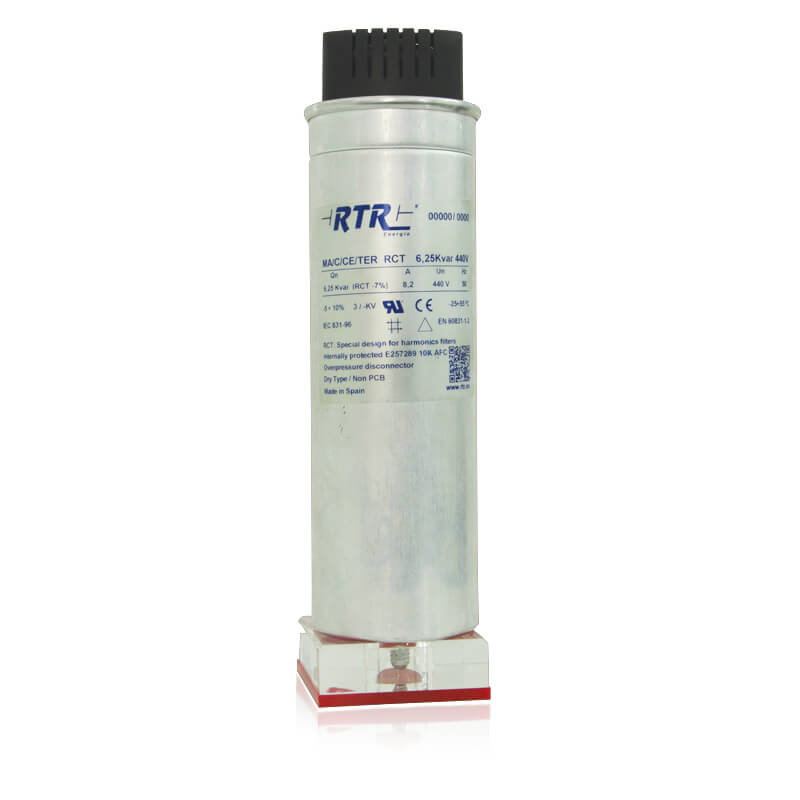

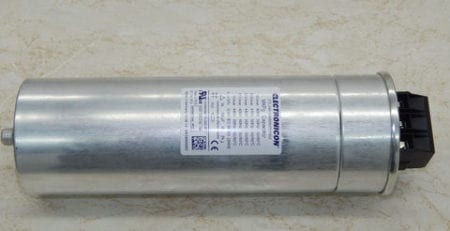
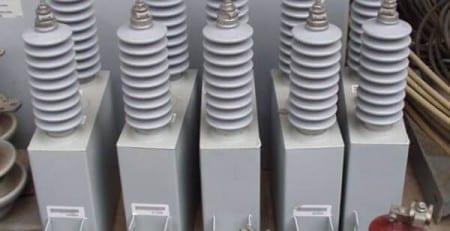
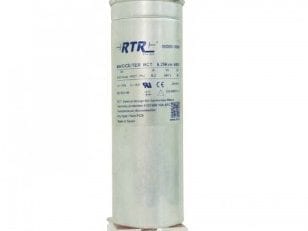
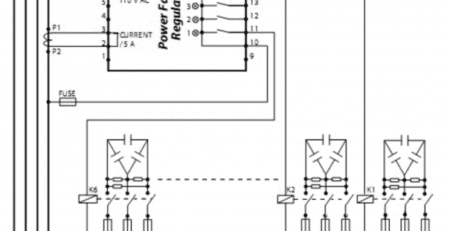
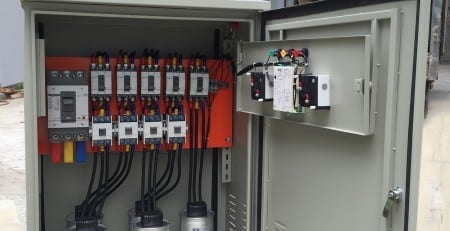
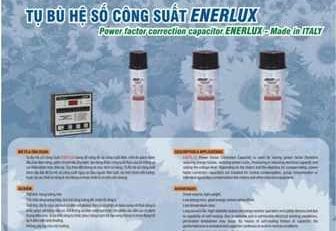


Leave a Reply